That's a whole lotta PCI-E there, Marshal
Other tweaking enhancements include two sets of DIP switches. One of these is for voltage-nudging, while the other is branded 'PCI-E CeaseFire' and is designed to either disable or reroute PCI-E lanes dynamically. Below these, there's also the now-familiar series of voltage check points, plus pin-outs for two sets of front-panel USB 3 ports.The rear I/O back panel is similarly packed, sporting a total of eight USB 3 ports and four USB 2 ports, two of which provide power for a pair of eSATA connectors, which are hooked up to a JMicron 362 chip. The USB 3 ports also pass through a pair of VIA VLI hubs to distribute the bandwidth, so we'll have to find out how this affects the overall performance when we get to test one in the labs.
There's also a pair of Gigabit Ethernet ports on the back, which are controlled by Realtek chips. These are joined by a six-pin Firewire connector, the usual PS/2 keyboard or mouse port and outputs for 7.1-channel HD audio. Meanwhile, digital audio outputs are handled by both output and coaxial connectors, and it looks as though there's a backlit Clear-CMOS button nestled in there too.
There's one notable feature missing, though. MSI's recent PR implied that its future Big Bang motherboards might feature an integrated Killer NIC, which isn't here. As such, we'll have to wait until CES to see what else MSI is cooking up for the rest of its Big Bang motherboards.
Moving back to the front of the board, the Marshal includes eight SATA ports as well. Four of these support 6Gb/sec SATA, two of which are hooked up to a Marvell controller, while four support the standard 3Gb/sec SATA interface. You'll also find no fewer than three BIOS chips here, which can be selected via a switch on the base of the board. Next to this sits the OC Genie II switch, as well as Power and Reset buttons and a two-digit LED POST readout.
Finally, it's also worth noting that MSI has had to use XL-ATX to squeeze eight full-size PCI-E graphics slots in. While the Lucid Hydra chip will add extra lanes to the CPU's meagre set of 16, even a doubling to 32 lanes will still result in each slot only getting four lanes. In reality, though, this is fine. Folders need all the physical slots, but don't need the bandwidth, and gamers will only use a maximum of four slots, which will get eight lanes each. What's more, MSI's clever combination of the CeaseFire switch with eight PCI-E graphics slots means that you can choose the setup that best suits your PC's cooling or cabling needs.
MSI's Marshal features some clever innovations, and it looks great, but it still remains to be seen how the developments in MSI's new EFI BIOS will tie this all together. Either way, it's certainly worth watching this space.

MSI MPG Velox 100R Chassis Review
October 14 2021 | 15:04


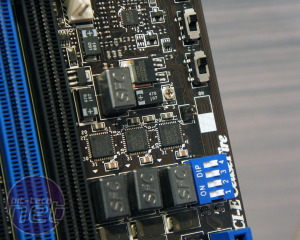

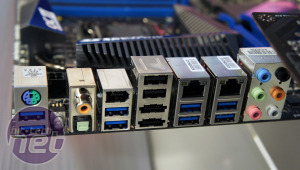
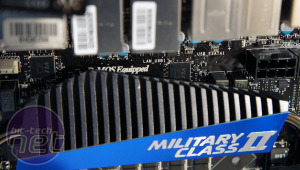
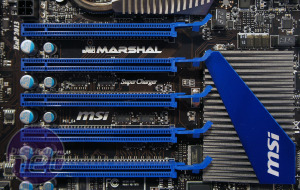
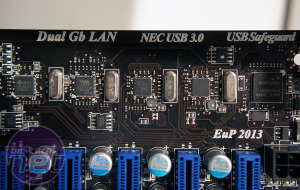







Want to comment? Please log in.